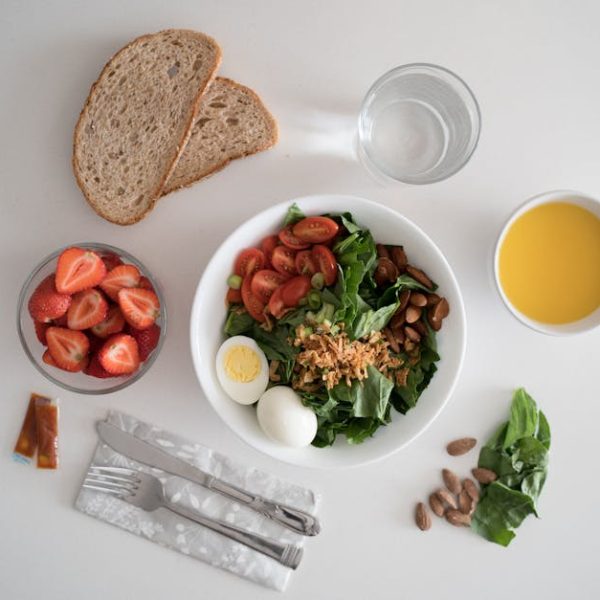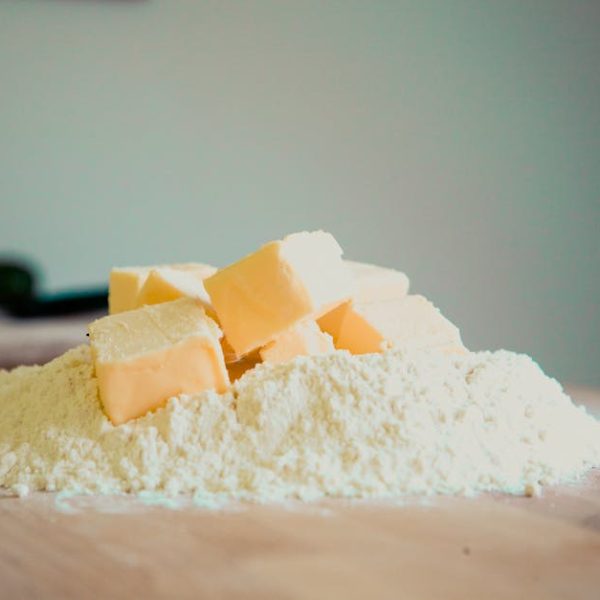All food comes with an expiration date, and chicken salad is no exception. But understanding just how long chicken salad lasts depends on a number of factors. Primarily, it depends on the ingredients used, the method and duration of storage, and visible signs of spoilage. However, it’s vital to note that these are not strict guidelines but rather principles to help you make better decisions about your food’s edibility.
Comparison:
For context, the shelf life of the chicken salad varies based on whether it’s homemade or purchased from a store. Store-bought chicken salad generally lasts about 3-5 days post the sell-by date if refrigerated immediately, while homemade chicken salad tends to last for 3-4 days in the refrigerator. This variance is largely due to the preservatives used in store-bought versions, which extend the shelf life.
List:
The ingredients of chicken salad also impact its shelf life. A few common ones include:
– Mayonnaise: Up to two months when stored in the refrigerator
– Chicken: 2-3 days in the refrigerator after preparation
– Celery: Lasts for three weeks in the refrigerator
– Onions: Up to two months when refrigerated
The Impact of Refrigeration on Chicken Salad Shelf Life
Refrigeration is key to extending the shelf life of your chicken salad. However, merely storing it in a cold environment is not enough. Flow of cold air and prevention of contamination are equally important.
Best Practices:
Your refrigerator temperature should be set below 40°F (4.4°C). This can slow the growth of bacteria. Make sure to store the chicken salad in airtight containers to prevent the absorption of other food odors and potential contamination. Never leave the salad out at room temperature for more than 2 hours.
Pro Tips:
To extend the freshness even further, consider dividing your chicken salad into smaller portions. This decreases the number of times the whole salad is exposed to warmer room temperatures when serving.
Freezing Chicken Salad: Yea or Nay?
Freezing is a commonly used method to extend the shelf life of many foods, but does this apply to chicken salad as well? The answer is not so straightforward.
Pro and Cons:
Freezing can halt bacterial growth, which means it can technically prevent the salad from spoiling. However, due to the mayonnaise and other fresh ingredients like celery and onions in the salad, the texture could change drastically upon defrosting, becoming mushy and unappetizing.
Best Practices:
If you still prefer to try freezing, it’s advisable to add dressing or mayonnaise after defrosting the chicken salad. You should also consume it within a month to prevent freezer burns, which can affect the flavor and texture.
Remember, the ultimate goal is safe and enjoyable eating, and understanding these guidelines can help prevent foodborne illness and waste.
Recognizing Spoiled Chicken Salad: Safety Comes First
Ensuring food safety is crucial to prevent potential health risks. Here are some tips on how to recognize a spoiled chicken salad.
List:
The major signs of spoilage include:
– Unpleasant smell
– Change in color, often to a darker tone
– Stale or off taste
– Presence of mold
Pro Tips:
Trust your senses. If the chicken salad smells bad, looks unusual, or tastes off, it’s better to err on the side of caution and discard it. Remember, foodborne illnesses can be severe, so it’s always safer to avoid eating questionable food.
Maintaining Freshness and Quality: How to Make Your Chicken Salad Last Longer
Good preparation, storage, and handling practices can significantly affect how long your chicken salad will last while still maintaining its quality and freshness.
Best Practices:
Here are some guidelines:
– Always store chicken salad in a clean, airtight container.
– Refrigerate it as soon as possible. Try not to leave it out for more than 2 hours.
– If serving for a party, keep the bowl of chicken salad nestled in a larger bowl of ice to keep it chilled.
Checklist:
Here are some do’s and don’ts:
– DO: Ensure your hands, utensils, and surfaces are clean before handling chicken salad.
– DON’T: Mix old and new batches of chicken salad.
– DO: Use fresh ingredients to make your chicken salad.
Remember, food safety and quality matter. These tips are not just to extend the life of your chicken salad, but also to maintain its taste and ensure it is safe to eat. Armed with this knowledge, you can now enjoy your chicken salad with confidence knowing that you’ve taken all the necessary steps to keep it as fresh and safe as possible.
Key Takeaway:
- Chicken salad’s shelf life depends on factors like ingredients used, storage methods, and visible signs of spoilage.
- Homemade chicken salads usually last for a shorter duration than store-bought ones due to the absence of preservatives.
- Refrigeration plays a crucial role in prolonging the freshness of chicken salad, with optimal refrigeration temperatures suggested at below 40°F (4°C).
- Freezing chicken salad results in texture changes due to the salad’s ingredients, making it less enjoyable to something desired
- Recognizing signs of spoilage in chicken salad is critical in promoting food safety and preventing potential health issues.
- Proper preparation, storage, and handling can prolong the freshness and quality of chicken salad with the help of certain guidelines and best practices.
Understanding the shelf life of chicken salad gives you power over potential food waste and foodborne illnesses. Enjoy your chicken salad to its fullest by taking note of these guidelines. Let’s prioritize health without compromising the joy of eating.
FAQs
Q: Can I extend the shelf life of chicken salad by adding preservatives?
A: Preservatives do help prolong the shelf life of foods. However, for homemade foods like chicken salads, it’s safer and healthier to follow proper storage methods instead.
Q: Does the type of chicken used affect the shelf life of the chicken salad?
A: The type of chicken (oven-roasted, boiled, fried) does not significantly affect the shelf life; what matters more is the freshness of the chicken at the time of salad preparation.
Q: Can I use my refrigerator’s freezer compartment for chicken salad storage?
A: While freezing can extend the shelf life, the quality of chicken salad, mainly due to its ingredients like mayonnaise, celery, and onions, can drastically degrade.
Q: What should I do if I accidentally consume spoiled chicken salad?
A: If you’ve unknowingly consumed spoiled chicken salad, monitor for symptoms like diarrhea, vomiting, and fever. If symptoms persist or worsen, seek medical attention immediately.
Q: If chicken salad is left out of the fridge for more than 2 hours, but doesn’t seem spoiled, is it still safe to eat?
A: It’s recommended not to eat the salad if it was left out at room temperature for over 2 hours. Bacteria can grow rapidly at these temperatures, even if the salad doesn’t appear spoiled.
We encourage you to share this useful guide with others and explore more posts on our website for additional insights.






